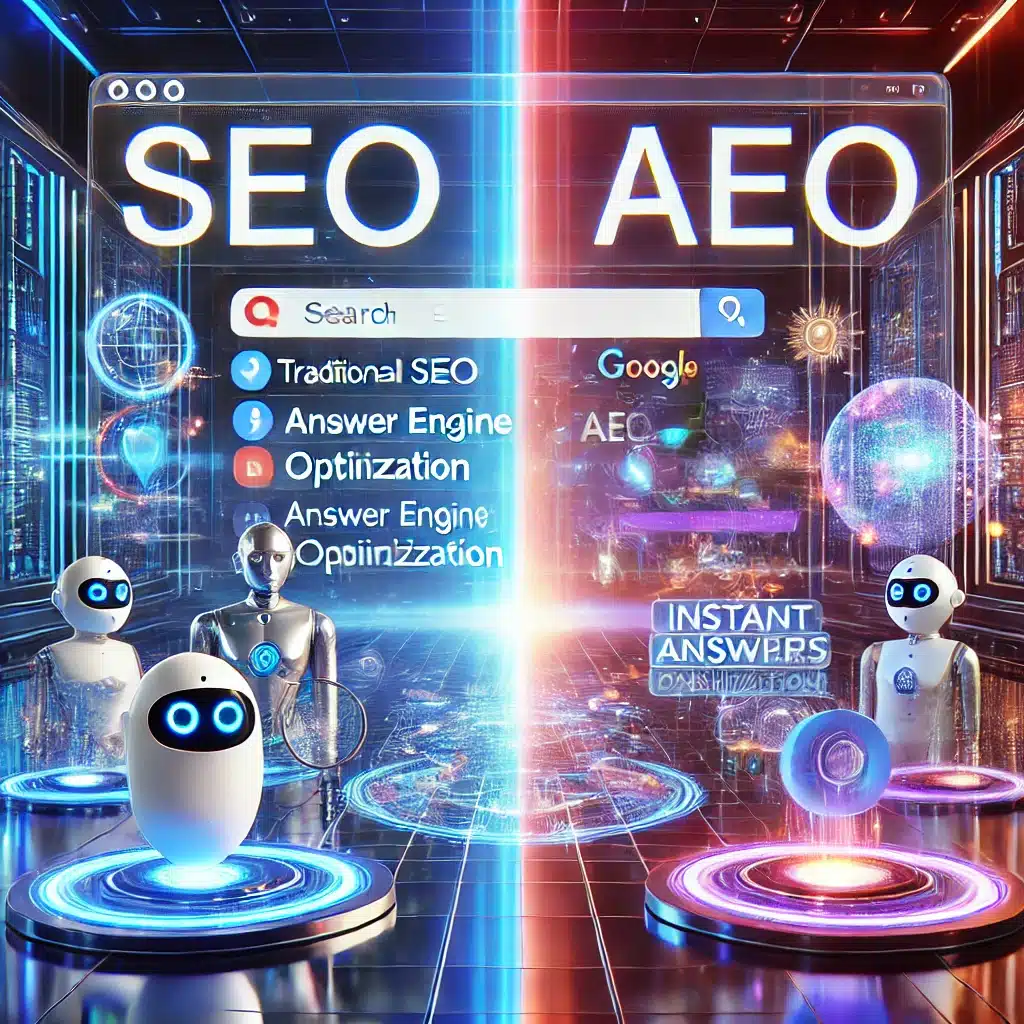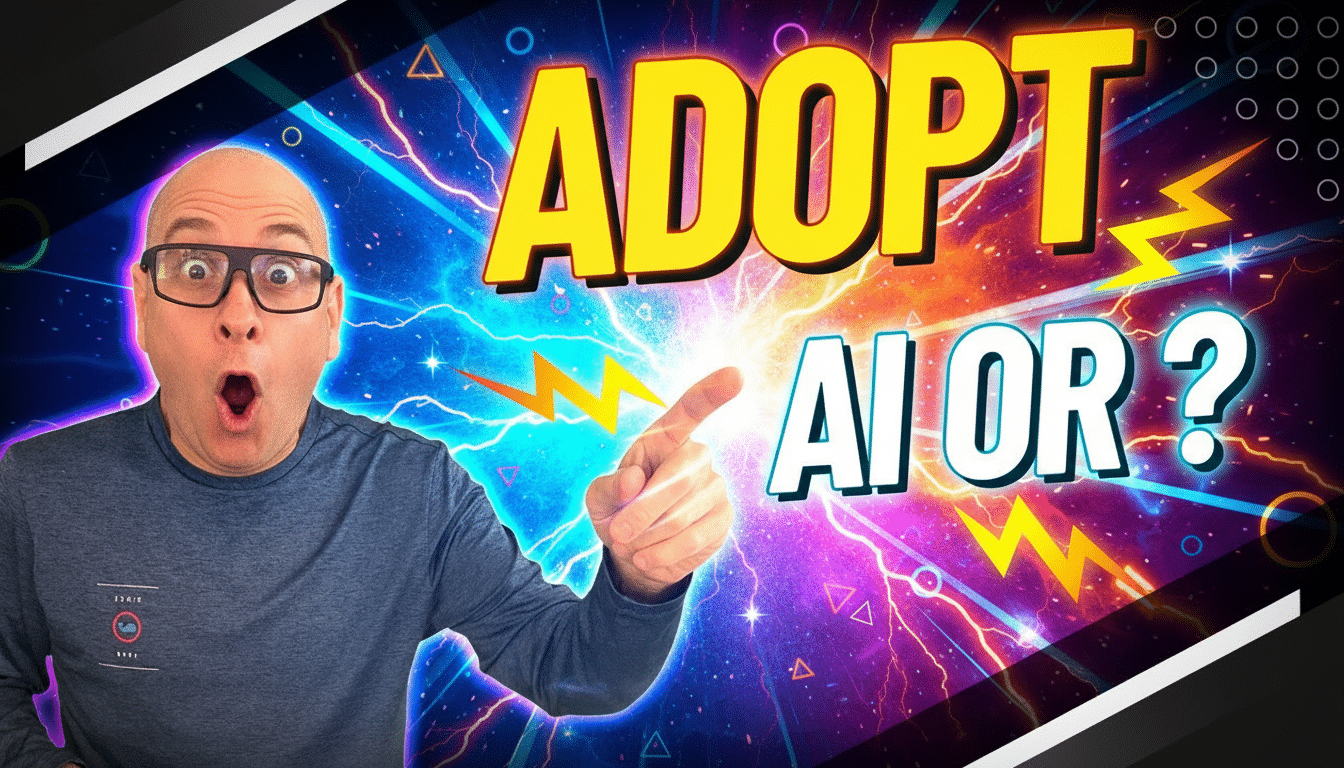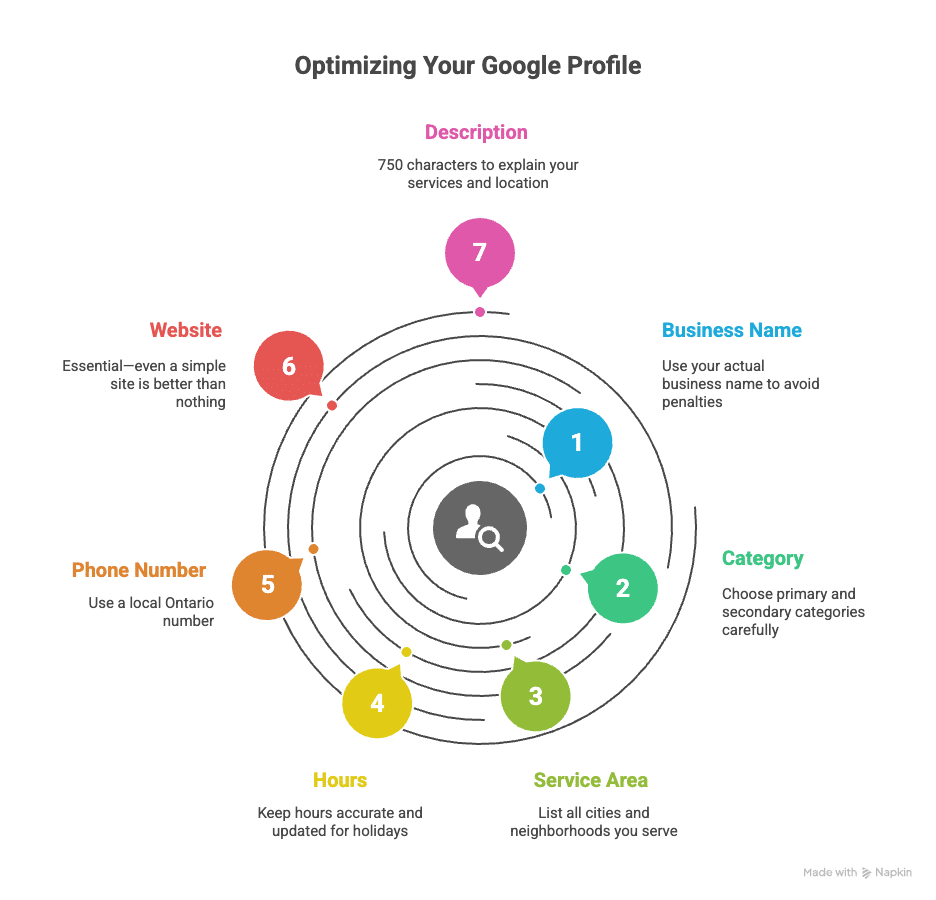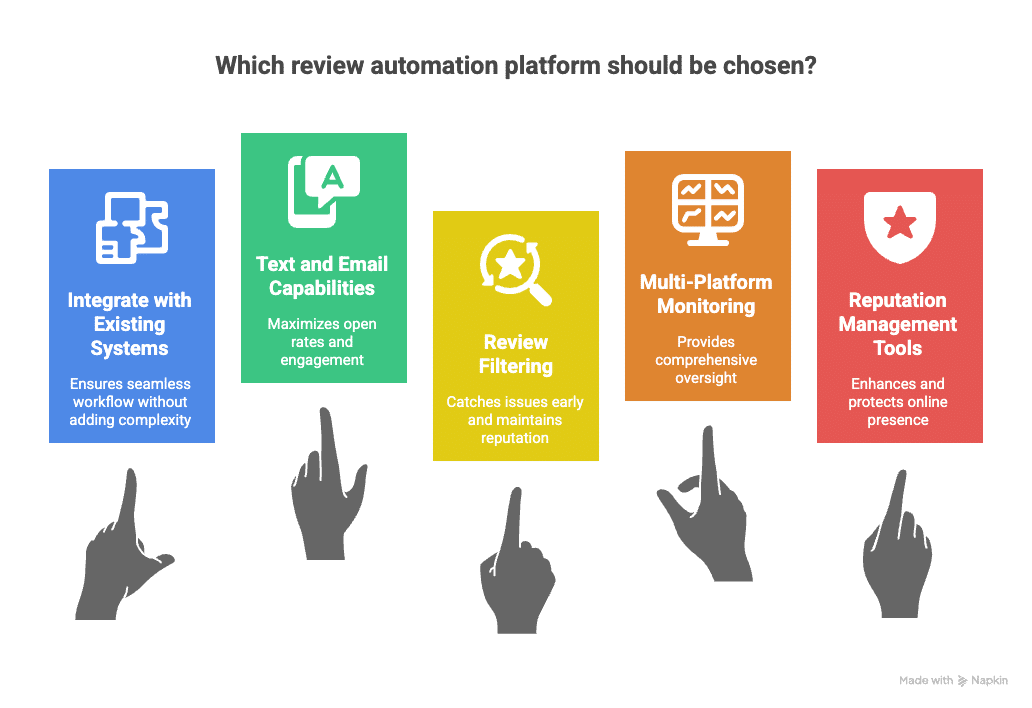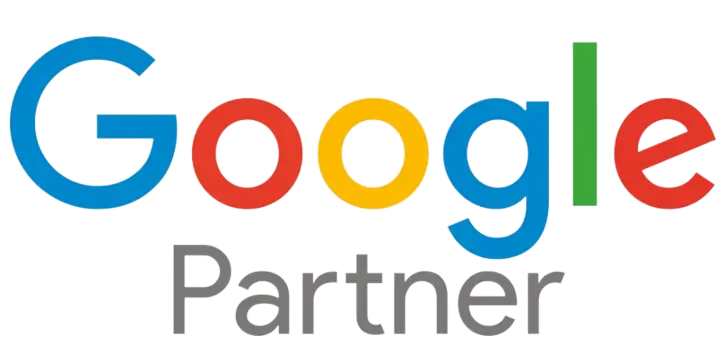AEO vs SEO The Evolution of Search in the AI Era
The digital marketing world is in constant flux, driven by technological advancements and changing user behaviors. With artificial intelligence (AI) becoming more integrated into our daily lives, a new approach to search optimization has emerged: Answer Engine Optimization (AEO). While SEO has been the bedrock of online visibility for decades, AEO reflects a shift toward direct, instant answers provided by AI-powered systems.
Understanding how AEO complements SEO is critical for marketers seeking to future-proof their strategies. This article delves into the distinctions, overlaps, and future of these two approaches to search optimization.
What is SEO?
Definition and Origins
Search Engine Optimization (SEO) refers to the strategies and practices used to improve a website’s visibility in search engine results pages (SERPs). It originated alongside early search engines like Yahoo and Google, evolving to keep pace with algorithmic advancements and user expectations.
Key Objectives of SEO
SEO’s primary goal is to drive organic traffic to a website by achieving higher rankings for relevant queries. This involves optimizing web pages to align with search engine algorithms, ensuring that users can find valuable content easily.
Role of Traditional Search Engines
Search engines like Google analyze vast amounts of data to deliver the most relevant results. SEO practitioners focus on understanding and adapting to these algorithms, which prioritize:
- Relevance: Content matching the user’s search intent.
- Authority: Trustworthy sources indicated by backlinks and domain strength.
- User Experience: Mobile responsiveness, fast loading times, and intuitive navigation.
Pillars of SEO
Keyword Optimization
At the heart of SEO lies keyword research and optimization. Identifying the right keywords and strategically incorporating them into content helps match user queries to your website.
Backlink Building
Building a robust backlink profile signals authority and trustworthiness. Links from reputable websites act as “votes of confidence,” boosting a site’s ranking potential.
Technical SEO Practices
Technical SEO ensures that search engines can efficiently crawl and index a site. This includes optimizing XML sitemaps, resolving crawl errors, and implementing HTTPS for security.
Enhancing User Experience
A user-friendly site that loads quickly, offers seamless navigation, and provides valuable content encourages visitors to stay longer, reducing bounce rates.
Content Relevance and Freshness
Regularly updating content and producing high-quality material that addresses current user needs keeps your site competitive in search rankings.
Introducing AEO
Definition of AEO
Answer Engine Optimization (AEO) is the practice of optimizing content to provide direct, concise answers to user queries, particularly in AI-driven systems. Unlike traditional SEO, which focuses on driving users to websites, AEO caters to users who seek immediate answers.
Evolution Driven by AI
AI technologies, such as virtual assistants (e.g., Siri, Alexa) and chatbots, prioritize delivering concise, accurate information. This evolution has made AEO increasingly important in scenarios like:
- Voice search: Queries spoken aloud are often longer and conversational.
- AI chatbots: Users rely on AI tools for instant, specific responses.
- Zero-click searches: Featured snippets deliver answers directly on the results page.
Characteristics of AEO
Providing Direct Answers
AEO content must address user queries succinctly. Bullet points, clear definitions, and precise information improve the chances of appearing in featured snippets or powering AI responses.
Conversational and User-Centric Content
AEO requires a shift toward conversational tones, reflecting how users naturally ask questions in voice or chat formats.
Importance of Structured Data
Structured data, such as schema markup, helps search engines understand and categorize content efficiently, boosting its visibility in AI-powered results.
Key Differences Between AEO and SEO
Intent and Goals
While SEO primarily aims to attract traffic to websites, AEO seeks to provide immediate, value-driven answers to user queries.
Content Structure
SEO content often includes long-form articles designed to engage readers, whereas AEO content prioritizes clear headers, FAQs, and step-by-step guides.
User Experience
SEO encourages users to explore websites further, while AEO focuses on delivering value without additional clicks.
How AI Shapes AEO
The Role of Natural Language Processing
Natural language processing (NLP) enables AI systems to interpret the intent behind queries, making it crucial for content to align with conversational search patterns.
AI Systems and Understanding Context
AI-powered systems like chatbots and digital assistants rely on understanding user context. For instance, answering “best pizza nearby” requires both location awareness and an understanding of “best.”
Increasing Importance of Semantic Search
Semantic search considers the meaning behind queries, emphasizing the need for content that addresses user intent comprehensively.
SEO vs AEO: Complementary Strategies
Why Integration is Essential
SEO and AEO are not mutually exclusive but complementary. Combining both approaches ensures content remains visible in traditional search results while catering to AI-driven platforms.
Overlapping Objectives
Both SEO and AEO aim to deliver value to users, whether through traffic generation or immediate answers.
Balancing Traffic and Immediate Answers
Successful strategies involve creating content that satisfies both human readers and AI algorithms.
Best Practices for Traditional SEO
Staying Updated on Algorithm Changes
Adapting to updates like Google’s Core Web Vitals ensures continued SEO success.
Focus on Mobile-First Indexing
Mobile responsiveness is non-negotiable as mobile searches dominate.
Building High-Quality Links
Earning backlinks from authoritative sites boosts credibility and rankings.
Creating Engaging Content
Compelling, informative content encourages sharing and backlinks.
Best Practices for AEO
Structuring Content for AI Readability
Organized layouts, clear headers, and concise answers improve AI comprehension.
Using Conversational Tones
Adopting natural language improves compatibility with voice and AI searches.
Implementing Schema Markup
Schema markup enhances search engines’ ability to interpret and display content effectively.
Tools and Techniques
SEO Tools
Popular tools like SEMrush and Ahrefs aid in keyword research and backlink analysis.
AEO-Specific Tools
Tools like Google’s Structured Data Markup Helper simplify schema implementation, while AnswerThePublic helps identify user questions.
Case Studies and Examples
Successful AEO Strategies
Brands leveraging structured data and direct answers often secure prominent placements in AI-driven results.
Balancing AEO and SEO
Companies integrating FAQ sections with keyword-rich articles effectively cater to both approaches.
Future Trends in Search Optimization
Role of Machine Learning
Machine learning will further refine how search engines understand and rank content.
Predictive Search and User Intent
Anticipating user needs and crafting content accordingly will gain importance.
FAQs
- How do AEO and SEO differ in tools and techniques?
AEO relies heavily on structured data, while SEO emphasizes link building and keyword optimization. - Does AEO work better for voice search than SEO?
Yes, AEO’s conversational tone aligns more closely with voice search queries. - What industries benefit the most from AEO?
E-commerce, healthcare, and education see significant advantages due to high user demand for immediate answers. - How can small businesses adapt to the AEO trend?
Focus on local search optimization, schema markup, and clear FAQs. - Is traditional SEO becoming obsolete?
No, but it’s evolving to integrate with AEO practices. - Are structured data and schema markup essential for AEO?
Absolutely, as they enable AI systems to interpret content efficiently.
The rise of AEO represents a natural evolution in search optimization, driven by the increasing influence of AI. However, it doesn’t replace SEO; instead, it complements it, enabling marketers to address both traditional and AI-driven search environments. By balancing both approaches, digital marketers can ensure their content remains effective and visible in a rapidly changing digital landscape.

